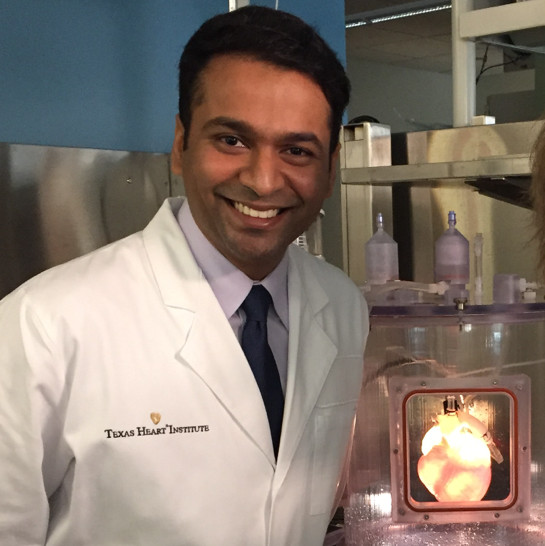Technology
Current Treatments
Currently, patients who suffer from heart failure either have their hearts replaced by a donor heart, supplemented with an artifical/mechanical heart, or healed through stem cell therapy. Each of these methods are deeply flawed, though. In order to implant a donor heart, the patient needs to wait until one is available. There also is a risk that the patient’s body rejects the heart entirely. Artifical hearts require the patient to carry a power source with them, can easily get infected, and don’t actually repair the heart’s damage. Stem cell therapy actually repairs the heart and avoids the risk of rejection, but actual grafting rates of stem cells onto the heart is exceptionally poor.
Our Innovation
In order to restore normal heart functions to a the patient post-MI, we propose this future technology: a 3D bioprinter capable of creating extracellular matrixes (ECM). Organs are made out of cells and an ECM. ECM’s are composed of proteins, sugars, and other chemicals that tell cells how to properly differentiate and form certain organs. If you have an ECM and graft the appropriate stem cells with the appropriate growth factors, it should form an organ that the patients body won’t reject. The ECMs printed will then be grafted with stem cells that differentiate into the appropriate cell type.
This will effectively allow us to create any fully functional, transplantable organs.

